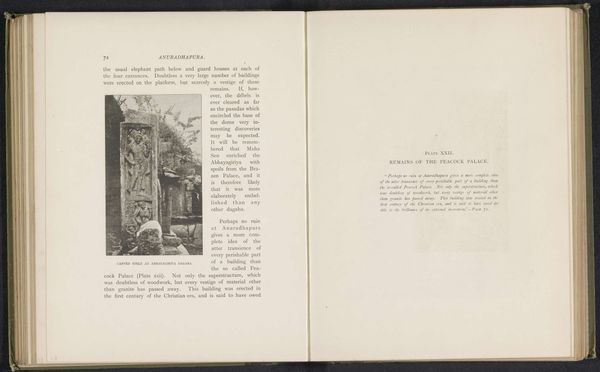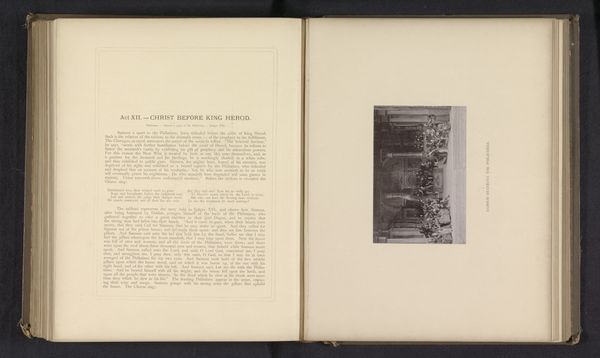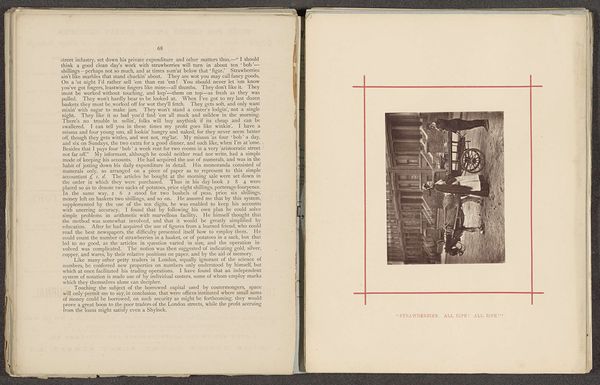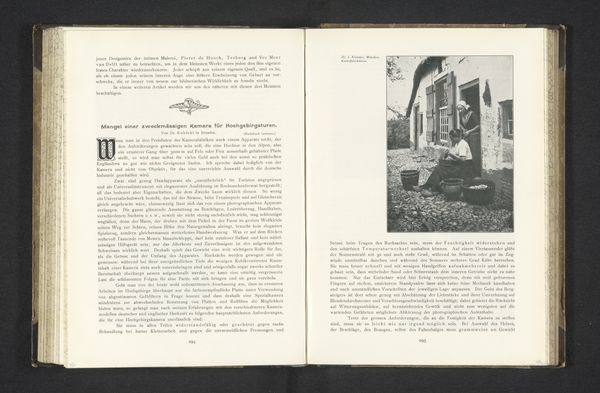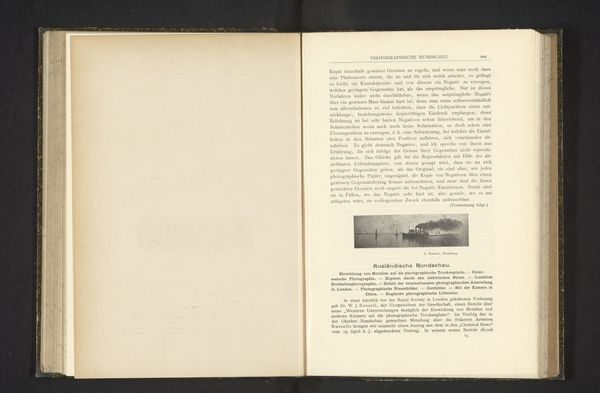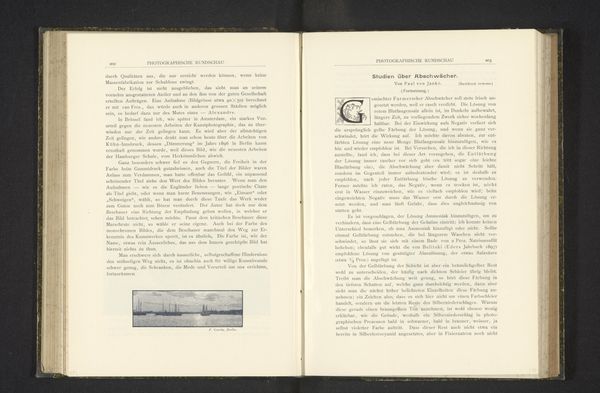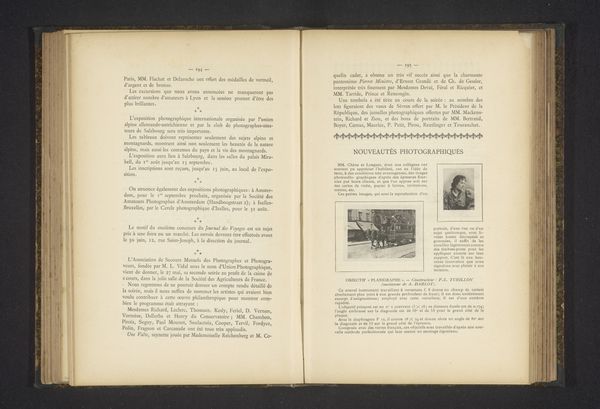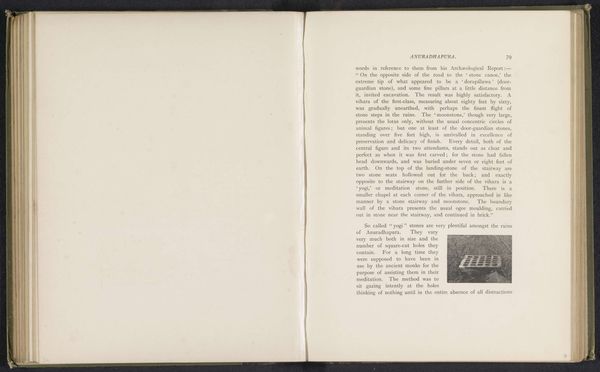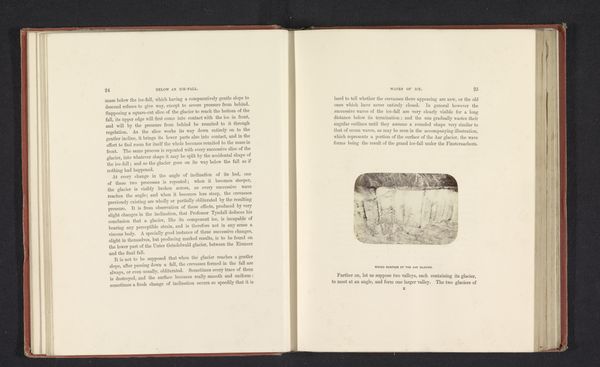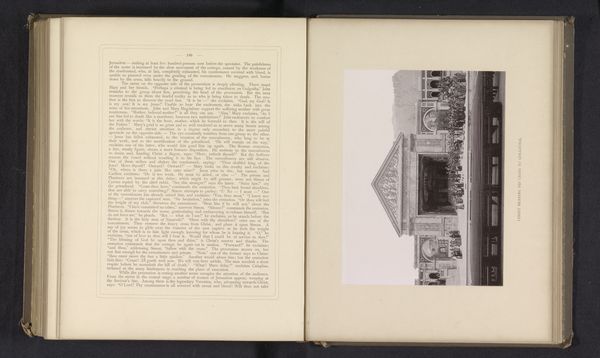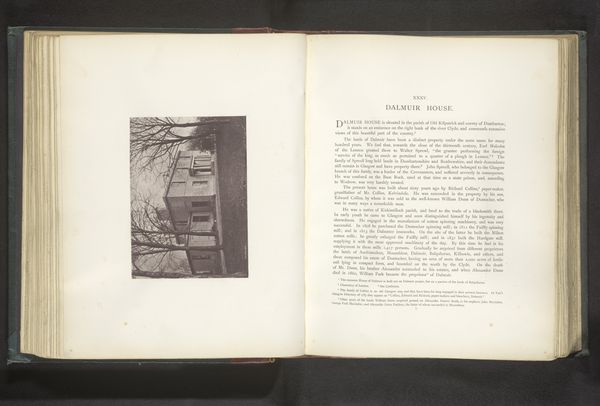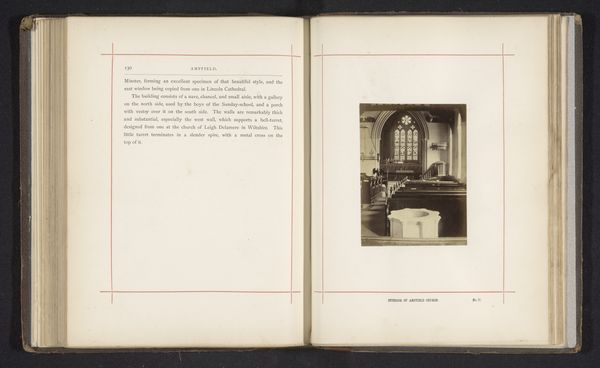
print, photography, collotype
# print
#
landscape
#
photography
#
collotype
#
ancient-mediterranean
#
monochrome
Dimensions: height 51 mm, width 76 mm
Copyright: Rijks Museum: Open Domain
Editor: So, here we have a collotype print from 1896, a photograph by Henry William Cave called *Stone canopy*. It looks like an image in an old book. The photograph itself feels almost like a document. What do you see in this piece in terms of its historical context? Curator: Well, immediately I think about the power dynamics inherent in the act of documentation, especially in the context of colonial photography. Cave was photographing in Ceylon, now Sri Lanka. The ancient stone canopy wasn't just being captured; it was being framed and interpreted through a Western lens. Editor: So, it’s more than just a straightforward record? Curator: Exactly. Who gets to represent history and for what purpose? How does placing this image within a book shape its reception? Was this book intended for scholarly research, or perhaps to promote colonial interests? What narrative did Cave wish to create about Ceylon’s ancient history? Editor: I didn’t really consider the book as shaping how we understand it. The choice to include this image, in a way, legitimizes a specific reading of this site. It becomes not just an image, but a piece of historical evidence selected and presented with intention. Curator: Precisely. And this touches on the politics of imagery—the way photographs can be used to reinforce particular cultural narratives. The power of museums and publications lies in deciding what’s worthy of being seen, remembered, and studied. This stone canopy is significant, but whose story is really being told here? Editor: So, understanding art also means thinking about who is showing it and why. Thanks, that perspective really changes how I view images like this. Curator: It shifts our focus to power relations and cultural narratives embedded within even seemingly neutral historical documentation. A deeper understanding!
Comments
No comments
Be the first to comment and join the conversation on the ultimate creative platform.
